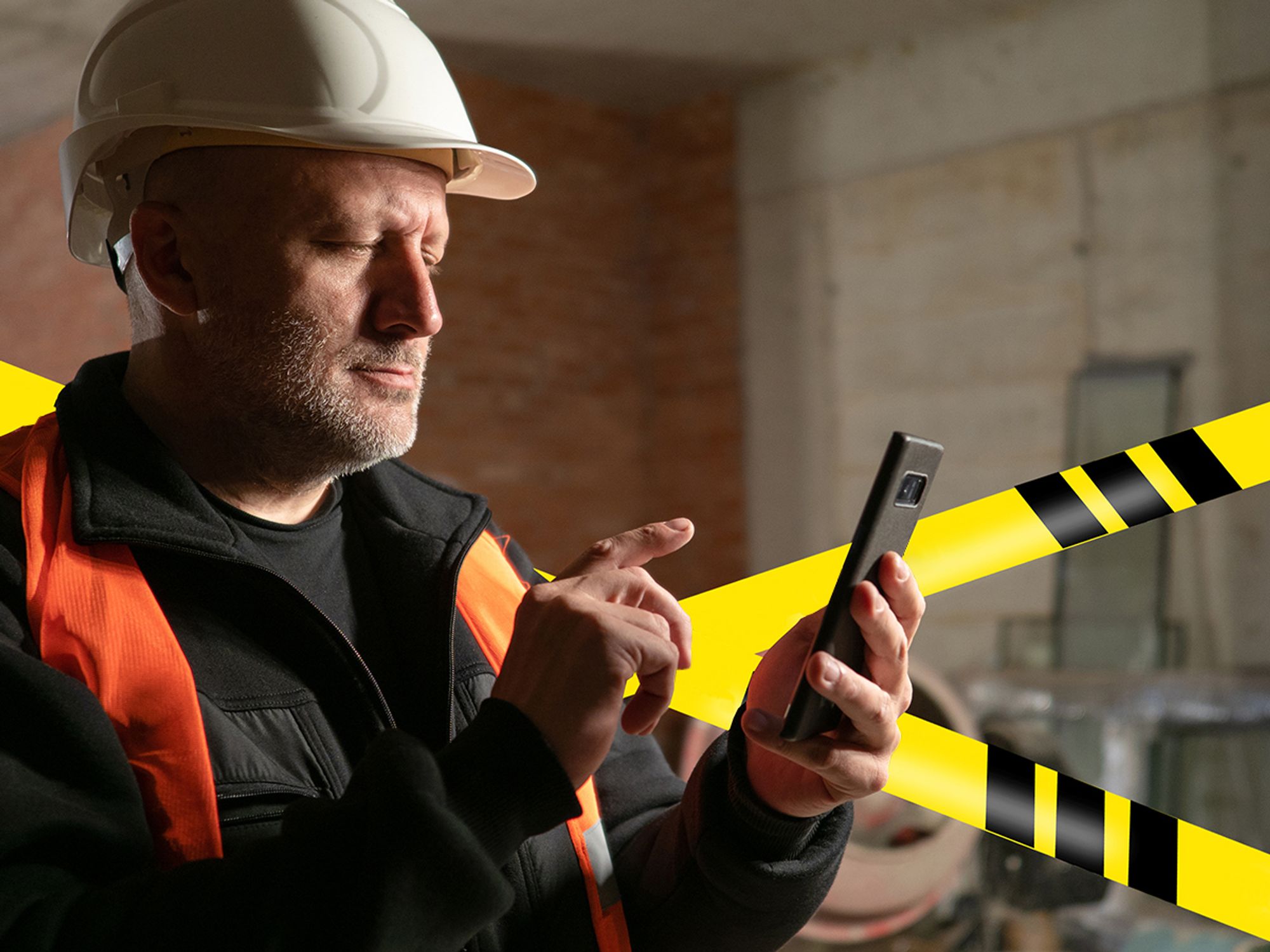More about site work zones

- The three work zones, from most to least dangerous, are the Exclusion Zone (or hot zone), the Contamination Reduction Zone, and the Support Zone (or cold zone).
- The Support Zone should have no danger of contamination.
Setting up work zones onsite, another element of the site control program, is important because it reduces the spread of contamination, helps ensure proper personal protective equipment (PPE) is worn when working with hazardous substances, confines work activities to appropriate locations, and facilitates the location of personnel in emergency situations.
The boundaries of site work zones are decided based on the data collected during site characterization, including monitoring and sampling results. Access control points should be used to restrict the movement of personnel between the zones. This approach will also minimize the spread of contamination to clean areas.
Hazardous waste cleanup sites can have as many work zones as needed to operate safely. Most often, however, there are three work zones:
- The Exclusion Zone (EZ),
- The Contamination Reduction Zone (CRZ), and
- The Support Zone.
The innermost work zone where contamination is present is the EZ. This area is also referred to as the “hot zone.” The EZ extends outward far enough to prevent adverse effects to personnel outside the zone. Its outside perimeter is marked with ropes, barricade tape, stanchions, cones, chains, fencing, walls of existing buildings, or other markers. This boundary is called the “hotline.”
When establishing how far the EZ should extend and where to place the hotline, the employer will consider, among other things: the results of sampling and monitoring during the initial site entry, the safe distance in the event of a fire or explosion, the area needed to perform work activities, and typical wind and weather patterns.
Only employees with proper training, PPE, and chemical protective clothing (CPC) are allowed to enter the EZ through the access control point. Entering and exiting only through the access control point helps regulate the flow of personnel and equipment and verify that proper procedures are used. Personnel that typically work in the EZ include the Field Team Leader, work parties, and heavy equipment operators or other specialized workers. Emergency responders may also be found in the EZ in an emergency situation.
Work activities performed in the EZ might include:
- Monitoring and sampling,
- Installation of wells for groundwater monitoring, and
- Handling and processing hazardous waste, such as drum opening, drum staging, and other cleanup activities.
The EZ may be further subdivided into zones with varying degrees of hazards, incompatibilities, and PPE requirements. Each subdivision should be clearly marked, and protection requirements for each should be defined.
The CRZ is a buffer or transition area between the EZ and the Support Zone. The outer boundary of the CRZ, called the contamination control line, must be clearly marked.
Just like the EZ, no one is allowed to enter the CRZ unless they have had the proper training and are wearing the required PPE and CPC. Access is obtained through an access control point, which may even be staffed to make sure no unauthorized personnel enter the area.
A Contamination Reduction Corridor (or CRC), also known as the “decon line,” is set up inside the CRZ. It’s in this corridor that all the decon activities take place. This includes the decontamination and removal of PPE and protective clothing.
The CRC limits decon activities to a confined area and helps to minimize the spread of contamination. There may be more than one decon line in the corridor because a separate line is often used to accommodate the decontamination of heavy equipment and vehicles.
All entry and exit from the EZ is made through the access control points on the edges of the CRC. Each person or item in the CRC must be thoroughly decontaminated before entering the Support Zone.
Personnel working in the CRZ include the Site Safety Officer, a Personnel Decontamination Station (PDS) Operator, and decontamination crews. Emergency responders may enter the CRZ during an emergency.
People working in the CRZ may be there to:
- Decontaminate personnel, tools, vehicles, and heavy equipment;
- Maintain communication with work parties in the EZ;
- Monitor work parties for signs and symptoms; and
- Maintain site security.
The outermost zone is the Support Zone. This is also known as the “clean area” or “cold zone” and consists of all areas outside the contamination control line.
No one should be exposed to hazardous substances in the Support Zone. That means there is no need to wear protective equipment and clothing in this zone in relation to hazardous substances.
The command post, first aid station, emergency transport vehicles, equipment and supply center, field laboratory, lockers, and showering or changing facilities are all located in the Support Zone.
Factors that should be considered when making decisions about where to locate support facilities include:
- Locations of roads, highways, and railroad tracks and ease of access for emergency vehicles;
- Available resources like water, shelter, power lines, and telephone service;
- The line of sight to activities in the EZ;
- The prevailing wind direction (support facilities should be upwind of the EZ); and
- The distance from the EZ (support facilities should as far from the EZ as practicable).
All support activities are managed and handled from the Support Zone. The Command Post Supervisor runs daily and emergency activities from the command post in this area. Other employees who may be in the Support Zone include the project team leader, field team members who are preparing for entry or have returned from entry, medical personnel, and administrative personnel.
Other support work performed in the Support Zone might include:
- Maintaining communication;
- Recordkeeping;
- Monitoring work schedules;
- Maintaining site security;
- Performing medical activities;
- Inspecting, maintaining, and repairing equipment and supplies;
- Performing administrative duties; and
- Handling and processing field samples.
